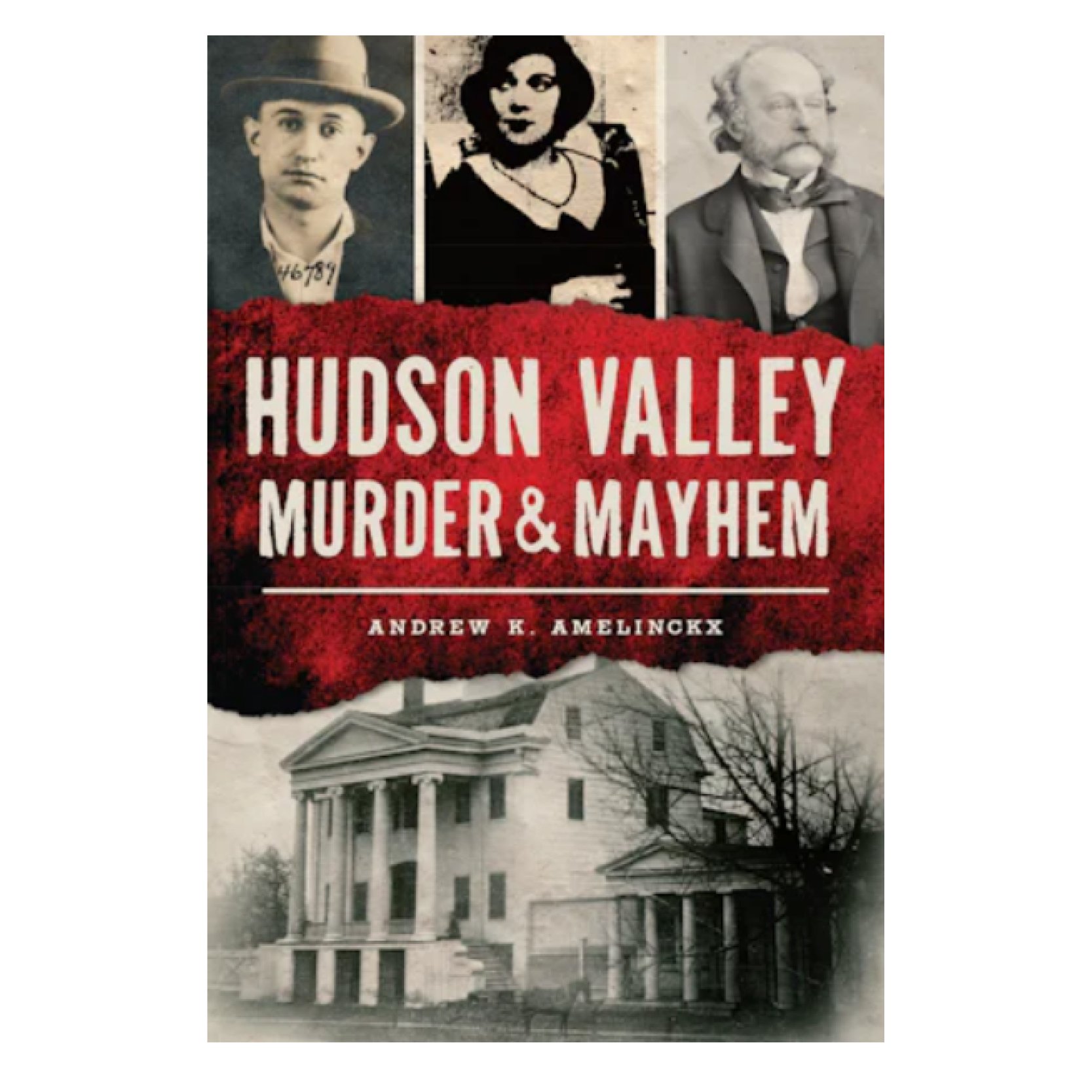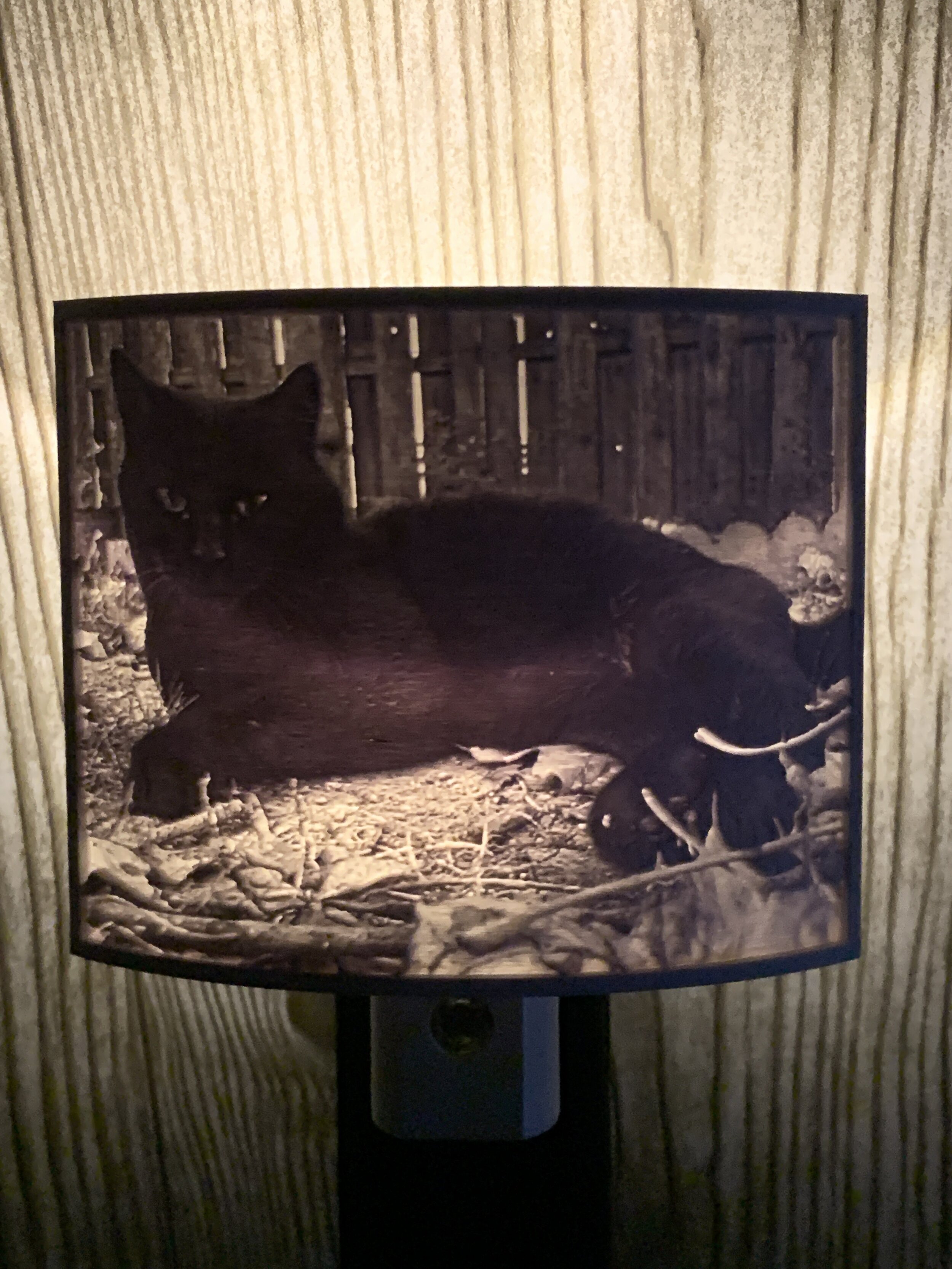Public hearing on impacts of 7.5-mile walkable park linking Beacon to Cold Spring

IYKYK: Breakneck Ridge is a popular one. With more than 200,000 hikers heading to the Breakneck region of the Hudson Highlands State Park Preserve every year, residents and local officials in Cold Spring and Beacon have been concerned with managing the influx of visitors near the busy Route 9D corridor.
The proposed solution: a 7.5-mile walkable, bikeable linear park that links the Village of Cold Spring to the City of Beacon.
According to plans: Six access points across the trail's 7.5 miles will “help disperse visitors” and “keep pedestrians off neighborhood streets and away from busy and dangerous Route 9D.” In addition to making ADA-compliant trails with a minimum width of 36-inches, plans include “greater access to the riverfront” with accessible kayak launches, new infrastructure including ADA-compliant restrooms, wayfinding signage, garbage collection along the trail, and new parking areas.
Organizers of the Hudson Highlands Fjord Trail say the project is “a solution for managing tourism in the region and will make the beauty that surrounds us more accessible to people of all ages and abilities.”
Completion of the project is expected for 2030.
See the Master Plan.
‘Some permanent impacts’ to make way for wetland boardwalk
But before the Fjord Trail can begin permitting or construction, New York State officials review the project’s impact as part of the State Environmental Quality Review Act (SEQRA). In December of 2024, the New York State Office of Parks, Recreation and Historic Preservation released the Draft Generic Environmental Impact Statement (DGEIS) for the Hudson Highlands Fjord Trail project’s Master Plan.
The state’s environmental review assesses core elements of the project and the potential environmental impacts of creating a trail through a densely naturalized area. The review notes that the “Fjord Trail North is expected to result in temporary impacts to wetlands during construction because of ground disturbance.” A boardwalk planned on the trail “would result in some permanent impacts to NYSDEC and NWI freshwater wetlands.” Necessary permits and “appropriate compensatory mitigation to offset any permanent loss of wetland habitat would be determined in coordination with the agencies.” (page 48)
According to the DGEIS, the trail is expected to keep in the guidelines of a 330-foot buffer from any resident bald eagle nests, but will still impact the local wildlife, especially during construction noting “habitat loss, construction noise, and visual disturbances, all of which could result in displacement and physiological stress to animals.” (page 50)
Increase visitation to the trail, increase traffic volumes
“Increased visitation as a result of the Fjord Trail would increase traffic volumes on local roads,” the statement notes, impacting three already-busy intersections of Main Street, Route 9D, and Fair Street in Cold Spring. To help manage traffic and visitation, expanded parking areas and shuttles to access points are planned. (page 672)Read the full DGEIS statement, here: https://hhft.org/about-the-fjord-trail/seqra-process
Virtual public hearing + comment period open
A virtual public hearing on the Fjord Trail DGEIS will take place on Tuesday, January 14, 2025 at 2pm and 6pm. A public comment period has also been extended to March 4, 2025.
Register + more info: https://hhft.org/about-the-fjord-trail/seqra-process/#commentinfo
More resources:
https://hhft.org/wp-content/uploads/2025/01/LATEST-QRG-18.pdf
https://hhft.org/about-the-fjord-trail/master-plan/
Images: https://hhft.org/
Advertisement:









































Add an event to the HVNY calendar at hvny.info/share-your-event